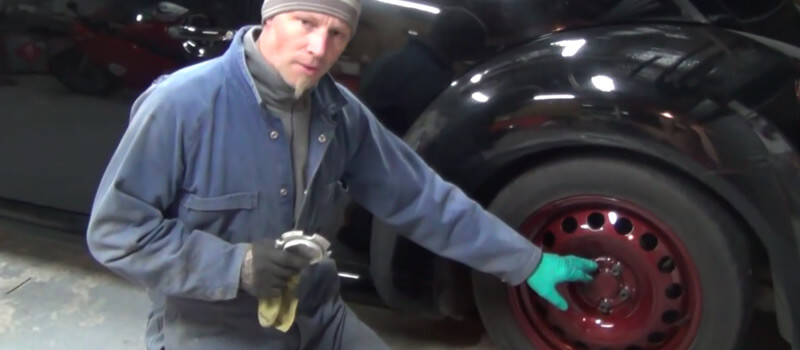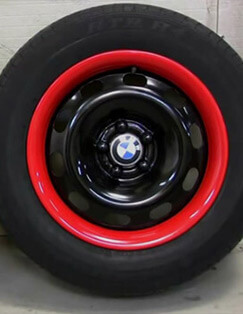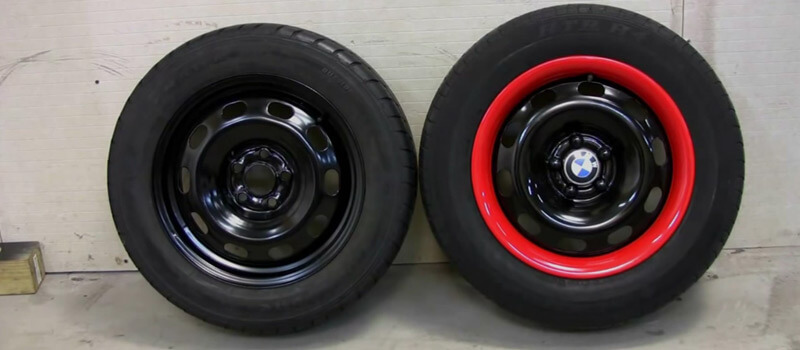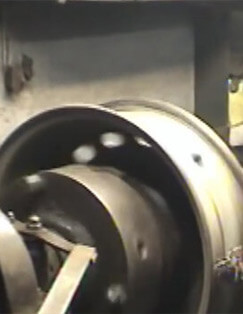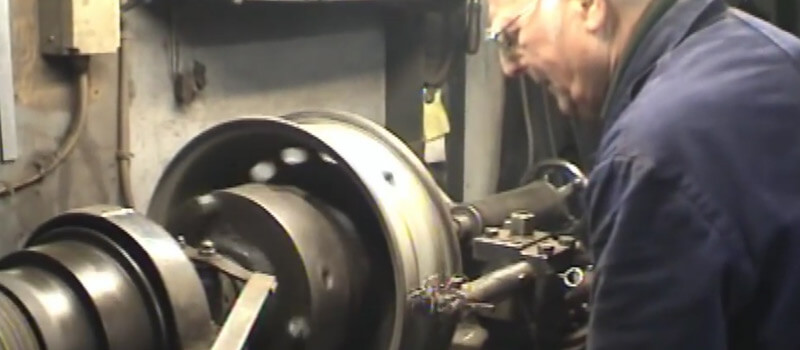Steel Wheels
Steel wheels are the standard equipment provided on many vehicles, and are considered to be a practical choice. They are generally painted black, and often covered with wheel covers to improve the aesthetics of the wheels.

Steel Wheels Pros And Cons
The weight of wheels, tires, brakes and rotors is specifically called "unsprung weight" because it is not being cushioned by the suspension springs.
Unsprung weight has much more effect on how the car handles than an equivalent amount of weight above the springs, such that even a small change in weight can have large effects.
Steel wheels are heavier than aluminum, so when you put steel wheels on a car that has had alloy wheels, you tend to find that the extra weight dampens acceleration and agility, lowers the car's center of gravity and in general makes it drive more like a tank. Obviously this can be undesirable for summer performance applications, but in the winter the effect can be a significant physical and psychological advantage. Heavier wheels will make tires bite the snow harder, and when driving in snow, having a car with dampened acceleration and agility, an artificially low center of gravity and a sense of solidity and heaviness can be a very good thing.
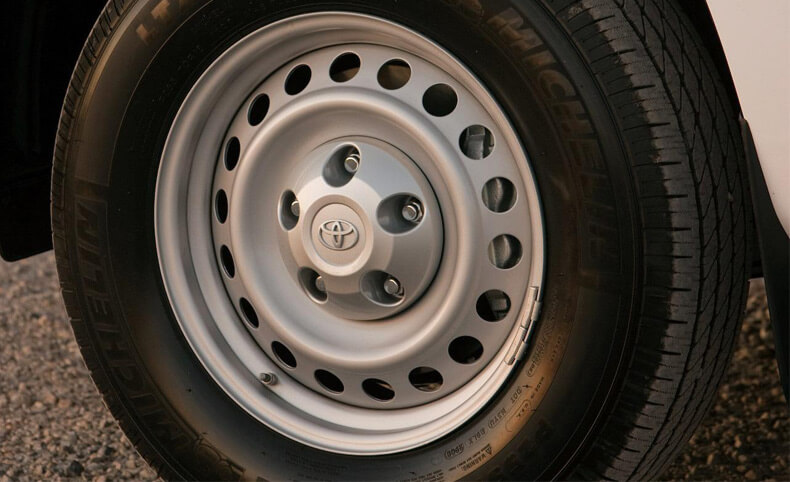
Steel wheels are significantly stronger than alloy wheels. It takes greater force to bend steel wheels, and it is almost impossible to crack them. Given their usual utilitarian look, purely cosmetic damage is not generally a major issue.
There are wheel covers that you can put on steels to make them look like alloy wheels; they often come on steels sold as OEM choices, and can be found online as well. Wheel covers are fragile, look kind of cheesy, and are most often held on by a spring steel friction grip that has a distressing tendency to come off at inconvenient times and roll away.
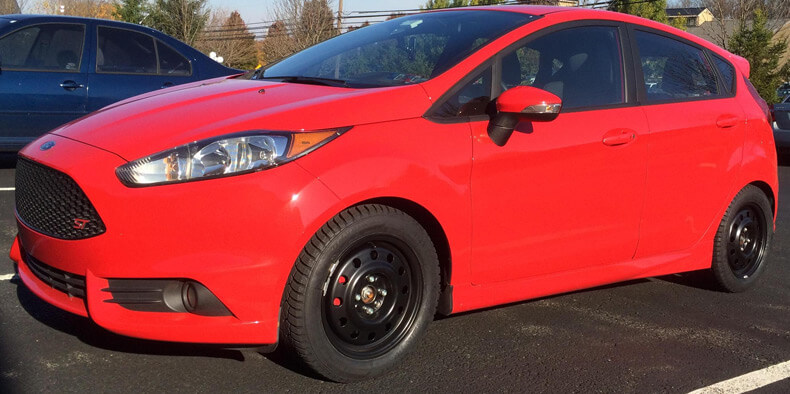
Steels are generally only made in 16" sizes or less. There are a very few 17" steels out there, but not a single 18" steel that I know of. I would imagine that an 18" steel would be ridiculously heavy. Consequently, putting on steels will often involve downsizing. Some high-performance cars will not accept downsized wheels because of oversized brake calipers or other suspension issues. Steels are also usually 75-80% less expensive than alloy wheels, making them great for a second set, and inexpensive to replace if badly damaged.
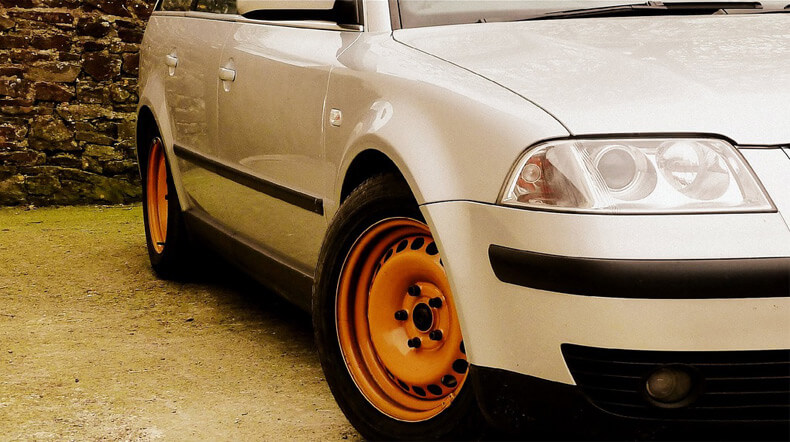
Steel Wheels Features
Meet the basic needs of drivers who want the convenience of a winter tire package without the additional cost of an alloy wheel
- Typically available in black or silver finish depending on the application
- Basic styling can often be updated with wheel covers
- Cost less than alloy wheels due to ease of manufacturing and lower material costs



